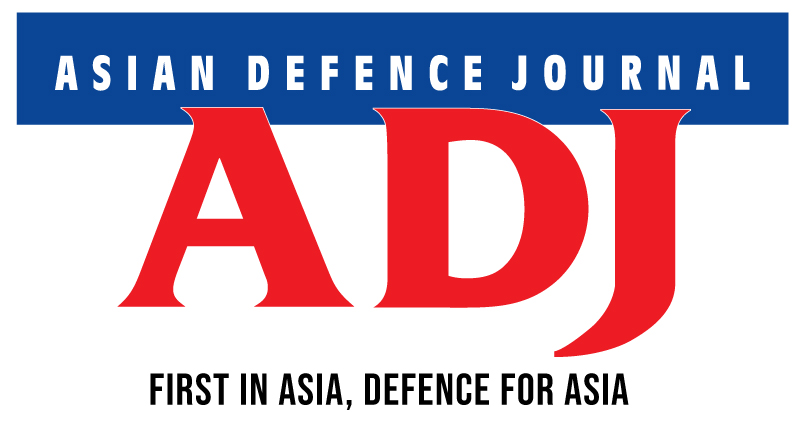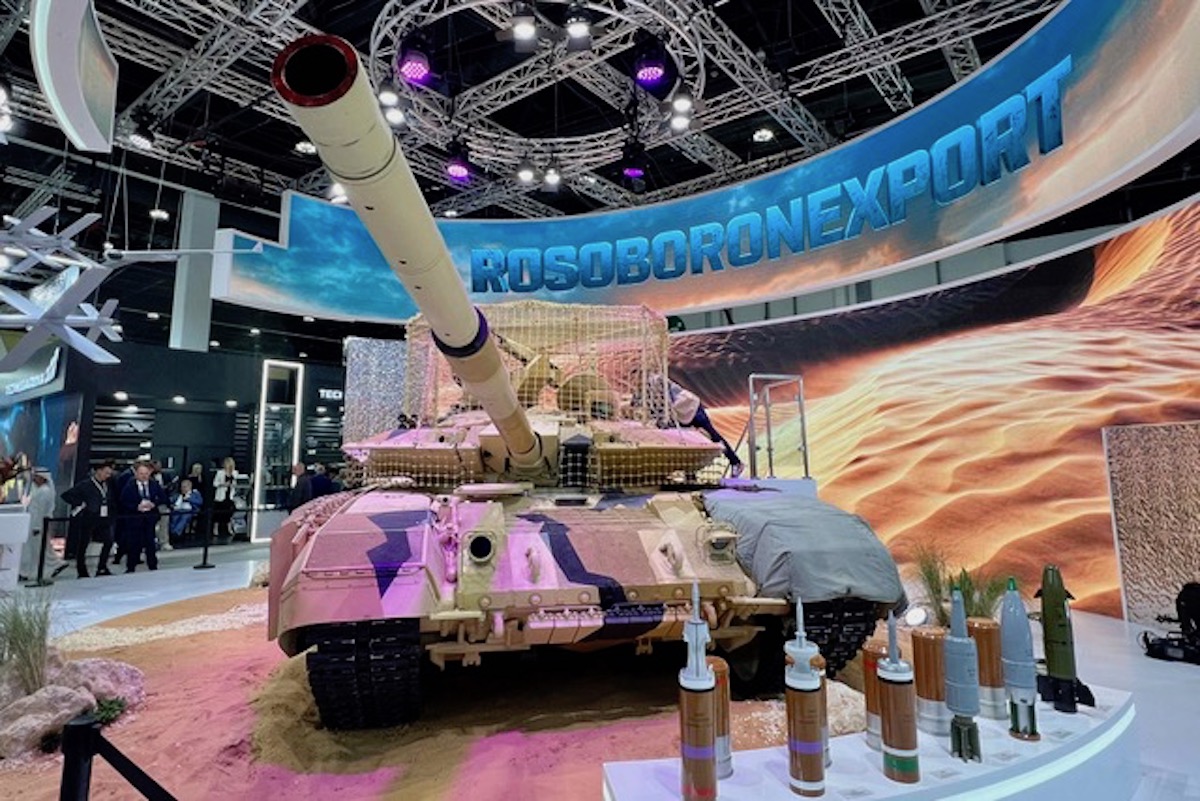Russia List Reasons For Superiority Of Its Tanks Over Western Ones
THE Rostec state corporation explained why modern Russian main battle tanks (MBT) are superior to their Western counterparts. Firstly, it is mobility, protection, firepower, situational awareness and modern electronics. Secondly, it is adaptability to various combat conditions, maintainability and operating costs.
According to Rostec (parent company to the Russian tank manufacturer Uralvagonzavod Concern [UVZ]), Russian MBTs are maximally adapted to anti-tank threats and are capable of repelling many attacks by new weapons. The state corporation recalled cases when dozens of Ukrainian drones hit the T-90M Proryv, but it retained combat capability.
At the end of 2024, UVZ announced many changes made to the design of tanks based on the experience of their combat use. “The tank of the beginning of 2022 and the tank of the end of 2024 are, one might say, two different combat vehicles,” noted UVZ CEO Alexander Potapov.
The Russian tank giant also recently published a forecast regarding the armoured vehicles of the future. The tanks of the future will be modular vehicles that can be quickly converted into vehicles for special tasks, for example, for urban combat. Also, according to UVZ experts, one can expect an increase in the caliber of tank guns and the power of tank ammunition. To increase awareness, combat vehicles will be equipped with standard radars and drones launched from the board, and the information will be processed by artificial intelligence. Remote control will be possible.
Today, Russia is promoting the T-90 Ms MBT for export. The upgraded version of the tank was first presented by Russian special exporter Rosoboronexport at the IDEX 2025 International Defense Exhibition in Abu Dhabi.
This demonstration proved Russia’s continued capability to manufacture competitive military hardware despite international sanctions. The success of the T-90MS in the global market will, in particular, depend on its ability to meet the evolving requirements of modern warfare. As mentioned in the analysis prepared by the Army Recognition Group: “The T-90M undergoes continuous field-driven upgrades to counter modern threats such as drones and loitering munitions”. The tank, in fact, “is evolving under fire”.
According to Rosoboronexport, the T-90MS has incorporated the most advanced technologies and new technical solutions. It is protected taking into account combat experience in countering the entire spectrum of modern anti-tank weapons: strike unmanned aerial vehicles (UAVs), FPV drones, ATGMs and RPGs. In addition to the protection suite, which includes dynamic protection, lattice screens, UAV electronic countermeasures and active protection, the tank implements the principle of differentiated armour.
The tank is equipped with a new “digital board”-type fire control system. Integrated information and control command systems and other innovative solutions have been introduced into its design. The T-90MS has increased firepower due to the ability to fire new armour-piercing sub-caliber, high-explosive fragmentation shells with remote detonation and guided missiles.
Nowadays, different modifications of the T-90 MBT are in service with a number of countries, including India and Vietnam in Asia, with New Delhi, being a major operator of the T-90 tanks worldwide.
Indian army’s version is called Bhishma. In 2024 it was reported that the first T-90 Mk-III MBTs were delivered to the Army under the latest contract for delivering 464 new vehicles. This year will see the Bhishma MBTs equipped with platform-based Counter Unmanned Aircraft Systems (C-UAS) that were revealed by media.
Joint Indian-Russian production of ammunition for the T-90 tanks has also been launched recently. In 2024, the launch of production of 125-mm Mango armour-piercing fin-stabilised discarding sabot (APFSDS) rounds in India was announced. The round is designed to destroy tanks with combined protection.–roe/adj/dl (Pix:ROE)


